Who Created the Monkey NFT
Abstract: The creator of the Monkey NFT is not explicitly mentioned in the provided search results. However, the discussion around NFTs includes various examples and platforms where such digital collectibles could be created and traded. For instance, CryptoKitties is highlighted as one of the first popular examples of NFTs, allowing players to purchase, collect, breed, and sell virtual cats on the Ethereum network, but it does not specifically mention the Monkey NFT. The NFT market has seen a significant growth and includes various categories such as art, gaming, and collectibles, with platforms like OpenSea, OurSong, and Mintable facilitating these transactions. The search results focus on the technology, market trends, and the legal framework of NFTs rather than individual creators or specific NFT collections. Therefore, without more specific information, it is not possible to determine the creator of the Monkey NFT based on the current search results.
The rise of Non-Fungible Tokens (NFTs) marks a pivotal shift in the art world, transforming how digital artworks are authenticated and circulated through blockchain technology. This emerging paradigm challenges traditional notions of art ownership and distribution and opens up a new frontier for digital creators to monetize their work uniquely and securely.
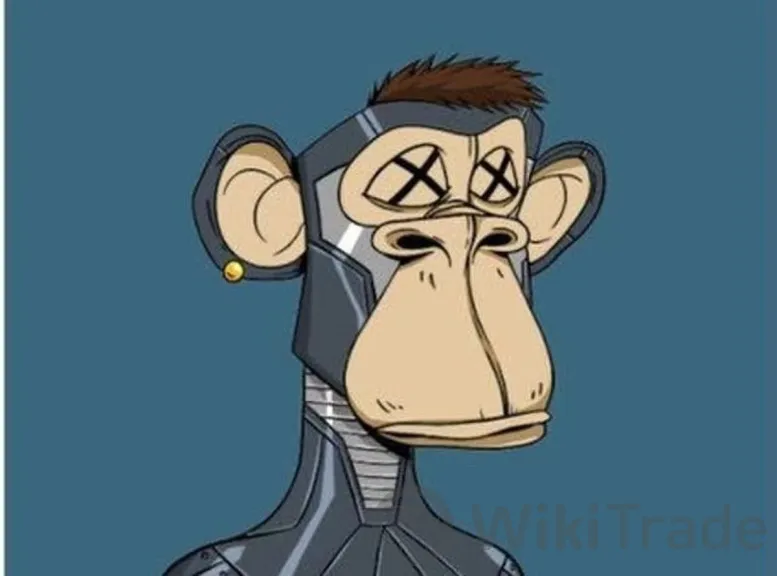
Innovation and Design in NFT Art
The Evolution of Digital Art
The journey from traditional to digital art represents a significant artistic expression and media evolution. Initially, art was confined to physical mediums—canvas, sculpture, or paper. However, with the advent of digital technology, artists began exploring digital canvases, employing software tools to create visuals that were once impossible to achieve by hand. This digital revolution has expanded the boundaries of art, enabling artists to manipulate images in unprecedented ways and to reach a global audience instantaneously.
Digital art's influence on contemporary culture is profound. As technology becomes more intertwined with daily life, digital art reflects and influences modern aesthetics and values. It shapes everything from advertising and media to social interactions and cultural narratives, establishing itself as a major cultural force in the 21st century.
The Creative Process of NFT Design
The design process of an NFT is a nuanced blend of art and technology. It begins with an artistic concept, which is then transformed into a digital format that can be minted on a blockchain. This digital conversion involves technical steps, such as selecting the right blockchain platform, determining the token standards (like ERC-721 or ERC-1155), and understanding smart contracts that govern the NFT's behavior and interaction on the network.
An illustrative case study can be seen in the creation of popular NFTs such as Beeple's “Everyday: The First 5000 Days,” which sold for a staggering $69 million. Beeple, or Mike Winkelmann, crafted a new image every day for over thirteen years, culminating in a massive collage representing his daily efforts. This piece's transformation into an NFT required meticulous planning around how it would be minted and how the artwork would be archived to ensure its longevity and stability on the blockchain.
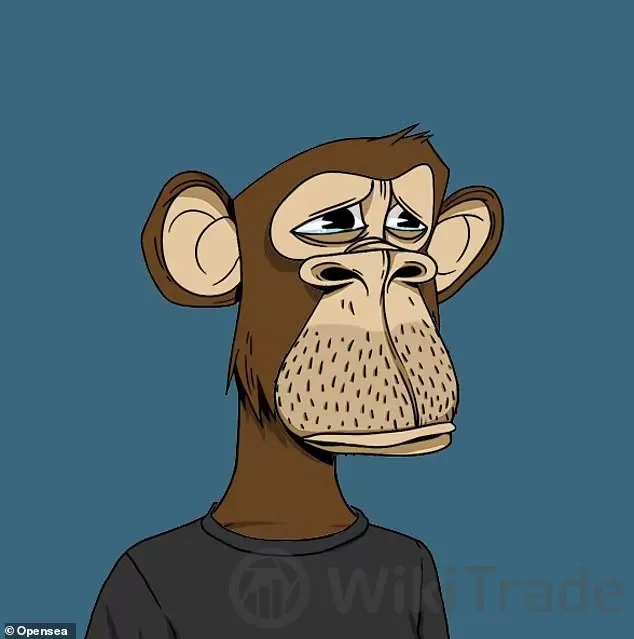
Insights from Designers and Artists
Artists and designers within the NFT space often share a common sentiment: the freedom to innovate without constraints. Digital tools allow for an iterative creative process where designs can be tested and tweaked in real time. For many, the appeal of NFTs lies in their ability to push boundaries—whether in the complexity of animations, the depth of virtual worlds, or the interactivity of programmable art.
NFT artists like Pak and Fewocious illustrate this point well. Pak's work, often featuring minimalist and conceptual design, plays with abstract concepts of value and ownership, while Fewocious focuses on vibrant, emotional expressions of personal journey and growth. Both artists have harnessed the NFT model to not only redefine the aesthetics of digital art but also to forge a deeper connection with their audiences, allowing for a more personal and direct engagement with their supporters.
The Ecosystem and Platforms of the NFT Market
Overview of Mainstream NFT Art Market Platforms
The NFT market has burgeoned, supported by a variety of platforms each tailored to specific needs and audiences. Among the most notable are OpenSea, Rarible, and Foundation, which serve as the pillars of the digital art trading scene. OpenSea, the largest and most diverse marketplace, offers a wide range of NFTs including art, virtual real estate, and collectibles. Rarible focuses on art-centric tokens and is distinguished by its decentralized governance model, allowing token holders to vote on platform developments. Foundation, meanwhile, caters to a more exclusive segment of digital art, emphasizing high-quality, curated artwork and fostering a closer connection between artists and collectors through live auctions.
Characteristics and Audiences of Different Platforms
Each platform has its unique characteristics and target audience, which influence the type of artists and collectors it attracts. For instance, SuperRare attracts high-end digital artists and investors due to its emphasis on single-edition, museum-quality pieces. Conversely, platforms like NBA Top Shot, which deals with licensed sports collectibles, appeal to a broader audience, including sports fans and memorabilia collectors. Understanding these nuances is crucial for artists to choose the right platform to showcase their work.
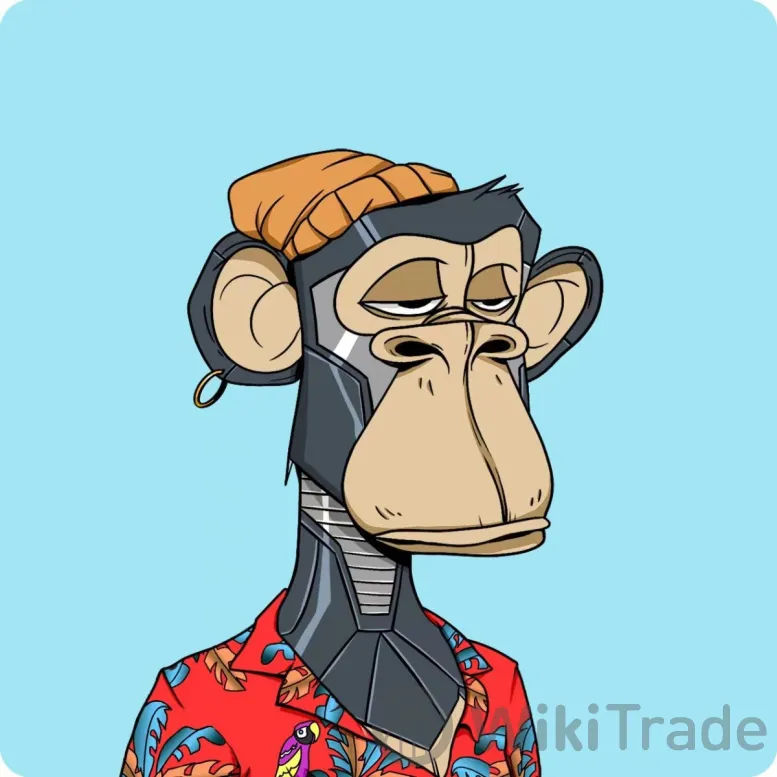
Impact of Platform Selection on Art Sales
The choice of platform significantly affects an artist‘s visibility and sales. A platform's user base, ease of use, transaction fees, and secondary market facilities can all influence an artist’s ability to monetize their work effectively. For example, choosing a platform with a high number of active users and low transaction fees can lead to greater exposure and more frequent sales. Furthermore, platforms with robust secondary markets enable artists to benefit from royalties each time their work is resold, creating a continuous revenue stream.
The Actual Process of NFT Transactions
The transaction process of NFTs typically begins with the artist uploading their digital file to a platform, which then mints it as an NFT on the blockchain. This involves creating a unique blockchain entry that verifies the artworks authenticity and ownership. Once minted, the NFT can be put up for sale or auction. Buyers purchase using cryptocurrencies, and the transaction is recorded on the blockchain, transferring ownership from the artist to the buyer. Post-sale, the NFT can be traded or resold on the same platform or different ones that support the same blockchain standards.
From Creation to Market: Steps Involved
The journey from creation to market involves several steps:
Artwork Creation: The artist creates a digital piece using various software tools.
Platform Selection: Choosing the appropriate platform based on the artwork type and desired audience.
Minting: Uploading and minting the digital file as an NFT on the blockchain.
Listing and Marketing: Listing the NFT for sale and marketing it to potential buyers through social media, community engagement, and platform tools.
Sale and Aftercare: Managing the sale process, interacting with buyers, and maintaining a presence for potential post-sale opportunities.
Case Study: Successful Sales by Artists on Platforms
A pertinent example is the artist Beeple, who leveraged the platform Christie‘s to sell his digital piece, “Everyday: The First 5000 Days”, for over $69 million. This case illustrates not only the potential financial benefits of choosing a high-profile platform but also the importance of reputation and marketing in achieving successful sales. Beeple’s strategic use of social media and previous work in digital art helped create a buzz that culminated in this record-breaking sale.
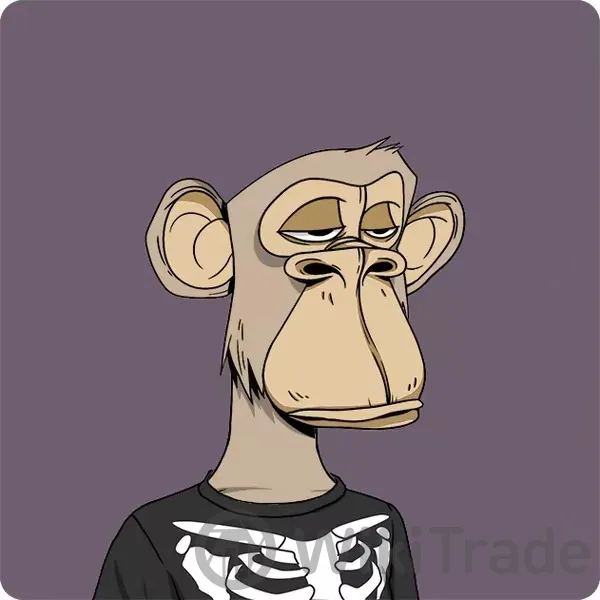
Creating and Selling NFT Art
Creating NFT art without financial overhead is entirely feasible. Artists can use various free tools and platforms that facilitate the digital creation and blockchain integration necessary for NFTs. Software such as GIMP and Blender are available for graphic design and 3D modeling without cost. Blockchain platforms like Polygon offer a gas-free minting option, reducing the cost associated with minting NFTs. To start, an artist needs a digital wallet (like MetaMask), which can also be set up for free to store and manage their NFTs.
In addition to GIMP and Blender for creation, platforms such as OpenSea and Rarible allow artists to mint and list their NFTs without upfront costs, deferring fees until a sale is made. Resources like YouTube tutorials, online forums such as Stack Overflow, and NFT communities on Discord provide invaluable advice and support for newcomers navigating the technicalities of NFT creation and sale.
Detailed Steps and Common Questions
Art Creation: Use digital tools to create artwork.
Select a Blockchain: Choose a blockchain that supports NFTs (Ethereum, Tezos, etc.).
Wallet Setup: Set up a digital wallet to store NFTs and receive payments.
Minting: Convert your digital art into an NFT on your chosen platform.
Listing: List your NFT for sale on marketplaces.
Marketing: Promote your NFT on social media and other channels.
Effective Strategies for Selling NFTs
Successful NFT sales strategies revolve around understanding your audience, pricing your art appropriately, and leveraging scarcity and exclusivity. Engaging directly with your community through social media and utilizing influencers can help create buzz and demand. Offering limited editions and providing proof of authenticity can also add value to your offerings.
Marketing Tips from Social Media to NFT Platforms
Effective marketing involves a robust presence on platforms where potential buyers spend their time. Artists should use Instagram, Twitter, and TikTok to showcase their creations, using hashtags and trends to increase visibility. Collaborations with other artists and participation in virtual galleries or NFT drops can enhance reach.
Case Study of Successful Sales
A notable success story is the artist Pak, who sold his NFT “The Merge” for $91.8 million. Paks strategy involved selling masses of individual units of a single work to thousands of buyers, creating a large community of stakeholders, and driving up the value through collective ownership.
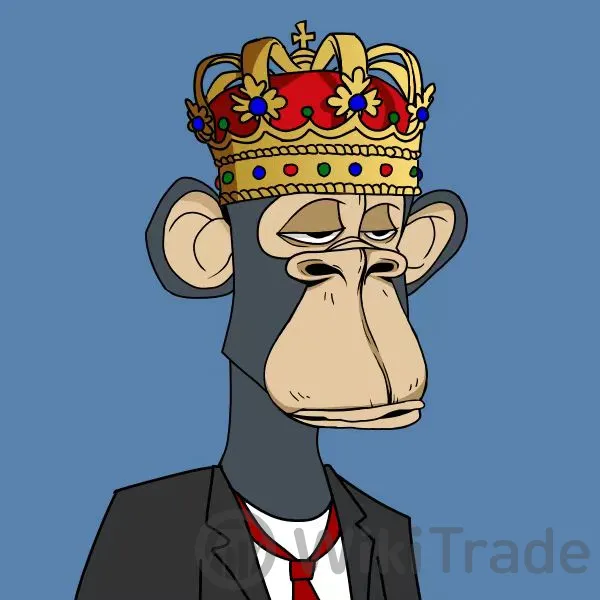
Examples and Analysis of NFT Art
Exhibition of NFT Artworks
Platforms like Foundation and Zora host exhibitions where diverse styles of NFT art are displayed. These exhibitions range from digital paintings and animations to interactive installations, showcasing the versatility and creativity of NFT artists.
Diversity in Style and Popularity
The diversity in NFT art styles—from pixel art and surreal animations to AI-generated works—cater to a wide range of tastes and interests. Popular works often feature innovative use of technology, unique artistic vision, or tie-ins with popular culture and gaming.
Analyzing Uniqueness and Popularity
Uniqueness in NFT art often comes from how the artwork uses blockchain technology to create interactive or dynamic pieces that change over time or in response to external inputs. Popularity can stem from the artist's reputation, the artwork's aesthetic appeal, or its thematic resonance with current trends.
Evaluating the Value of NFT Art
Evaluating NFT art involves considering the artist's notoriety, the artworks technical and aesthetic qualities, its historical significance, and its market demand. Rarity and artwork's intrinsic connection to digital culture are also crucial factors.
Market Trend Analysis
The NFT market is influenced by broader tech trends, such as the adoption of cryptocurrencies and the popularity of virtual and augmented realities. An analysis of these trends, combined with insights from buyers and collectors, offers a roadmap for where the market might head in the future.
Insights from Buyers and Collectors
Collectors often value NFTs for their potential as an investment, their collectibility, or the prestige of ownership. Insights from seasoned collectors often highlight the importance of community engagement, artist reputation, and long-term value over short-term speculation.
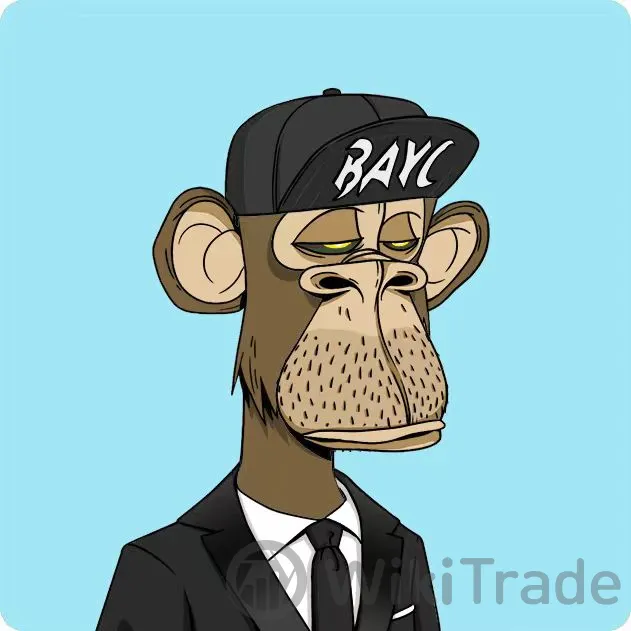
FAQ
What is an NFT, and How Does It Work?
NFT stands for Non-Fungible Token. It is a type of digital asset that represents ownership of a unique item or piece of content, such as digital art, music, or videos, using blockchain technology. Unlike cryptocurrencies such as Bitcoin or Ethereum, which are fungible, meaning each unit is the same as every other unit, NFTs are unique.
An NFT is stored on a blockchain, which is a decentralized and immutable ledger. This ensures the authenticity and ownership of the digital asset can be verified at any time, without the need for an intermediary. When someone buys an NFT, they purchase a token that acts as a certificate of ownership for the underlying digital item. This ownership can be bought, sold, or traded on various platforms, with transactions recorded on the blockchain.
How Do I Start Creating My NFT Art?
Creating your own NFT art involves several steps:
Create the Artwork: First, you need to create a digital file of your artwork. This can be anything from a digital painting or a photograph to a piece of music or video.
Choose a Blockchain: Most NFTs are currently created on the Ethereum blockchain, but other options include Binance Smart Chain, Flow by Dapper Labs, and Tezos.
Select an NFT Marketplace: You will need to choose a marketplace to mint (create) and list your NFT. Some popular options include OpenSea, Rarible, and Mintable.
Mint Your NFT: This involves uploading your digital file to the marketplace and following the process to turn it into an NFT. You will need to pay a fee, typically in cryptocurrency, to mint your NFT.
List Your NFT for Sale: Once minted, you can list your NFT for sale on the marketplace. You can set a fixed price or opt for an auction format.
What Are the Main Marketplaces for NFT Art?
There are several prominent marketplaces where artists can mint and sell their NFTs:
OpenSea: The largest and most comprehensive NFT marketplace, which supports various types of digital assets.
Rarible: A democratic marketplace that allows artists to issue and sell custom crypto assets that represent ownership in their digital work.
Foundation: A platform that brings digital creators, crypto natives, and collectors together to move culture forward.
What Should I Be Aware of When Purchasing NFT Art?
When buying NFT art, consider the following:
Authenticity: Ensure the artist and the piece are legitimate. Some artists verify their profiles on marketplaces.
Rarity and Value: Research the rarity and the potential value of the NFT. Some pieces are more valuable because of their limited nature.
Fees: Be aware of any fees associated with transactions, including gas fees on the blockchain and marketplace fees.
Digital Rights: Understand what rights you are buying. Owning an NFT typically does not confer copyright ownership of digital artwork.
What Is the Future Development Trend of NFT Art?
The future of NFT art looks promising and is likely to evolve in several ways:
Increased Integration with Traditional Art: More traditional artists and institutions may adopt NFTs as a new avenue for selling art and engaging with technology.
Enhanced Utility: Beyond just being collectibles, NFTs might include additional functionalities, such as granting access to events or serving as part of interactive art installations.
Broader Adoption: As blockchain technology becomes more accessible and understood, the adoption rate of NFTs is expected to increase, potentially leading to broader markets and use cases.
How do I determine the value of an NFT?
Determining the value of an NFT can be complex as it involves various factors, much like traditional art valuation. Key elements include the artist's reputation, the rarity of the NFT, its provenance, and its utility (if any). Market demand plays a significant role; highly sought-after pieces tend to appreciate. Historical sales data and the overall performance of the NFT market can also provide insights into valuation. Additionally, the intrinsic artistic and cultural significance of the NFT, as well as its community and social media presence, can influence its perceived value.
Here are some related information resources.
https://en.m.wikipedia.org/wiki/Bored_Ape
https://youtu.be/l9cd2UUq0Pw?si=-mXuw26Ed_y2PBJ-




Top News
 WikiTrade
WikiTrade WikiTrade
WikiTrade WikiTrade
WikiTrade WikiTrade
WikiTrade WikiTrade
WikiTrade WikiTrade
WikiTrade WikiTrade
WikiTrade WikiTrade
WikiTrade WikiTrade
WikiTrade WikiTrade
WikiTrade

